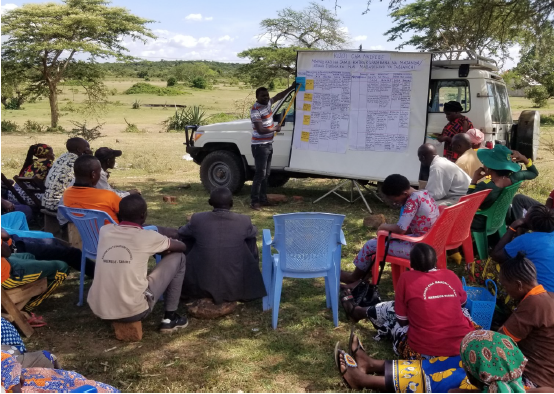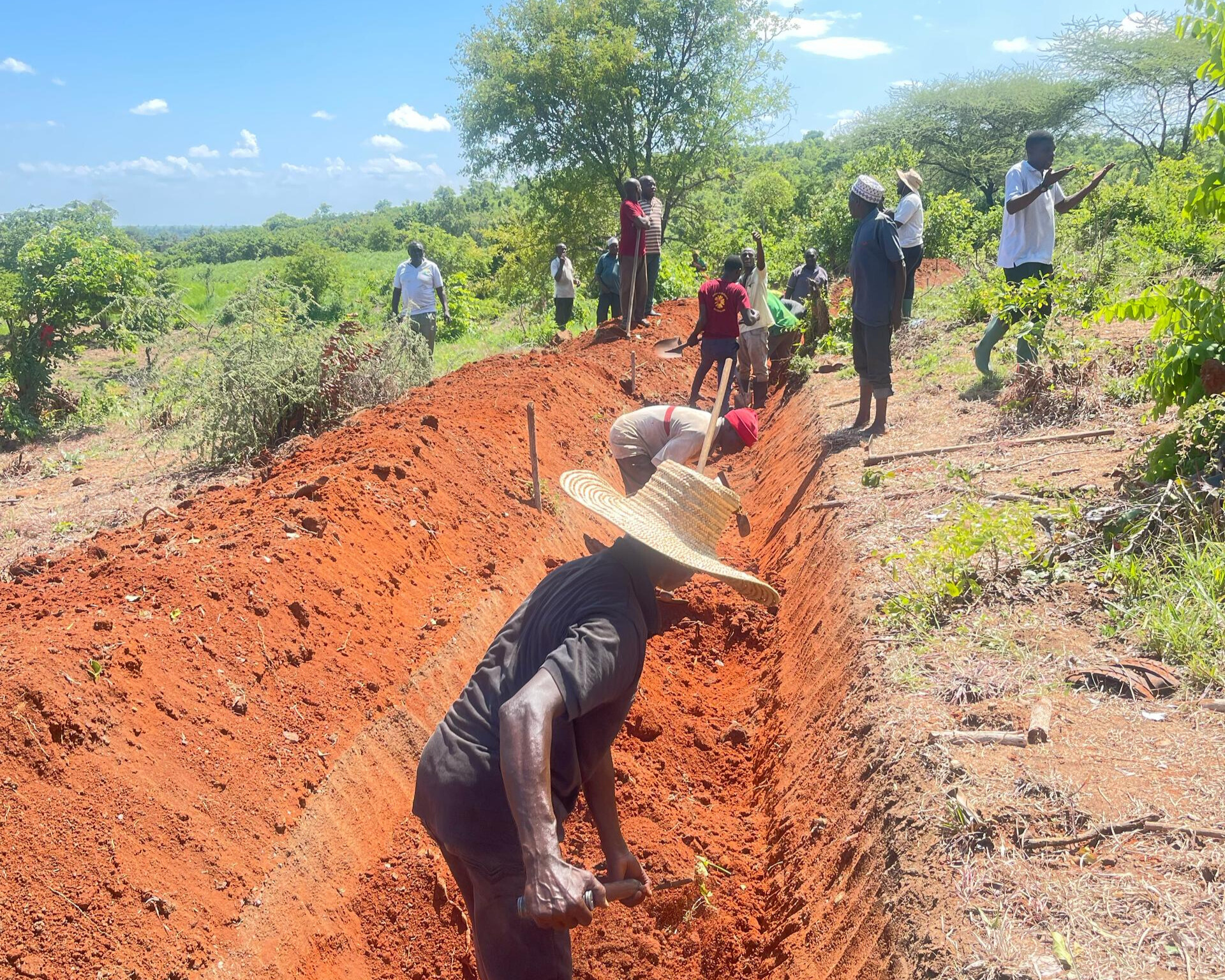SAT Executive Director at FAO headquarters for 2nd International Agroecology Symposium
From 3rd to 5th April 2018, Janet Maro attended the 2nd International Symposium on Agroecology held at FAO headquarters in Rome, Italy.She was invited by FAO, to represent Tanzania and Eastern Africa, to share the experience of SAT on scaling up agroecology to achieve the Sustainable Development Goals (SDGs).The Symposium brought together more than 700 participants with representatives from 72 governments, around 350 civil society and other non-governmental groups, and 6 UN organizations.

FAO Director-General José Graziano da Silva with SAT Executive Director, Janet Maro in Rome, Italy In the Session Discussion facilitated by Ms Brave Ndisale – Strategic Programme leader of FAO, Janet presented about ‘Scaling-up Agroecology through a collaborative knowledge platform’.Agroecology offers multiple benefitsAccording to FAO official statement, the symposium came up with joint resolutions that will be taken to the United Nations and Member States.The Symposium Chaired by Braulio Ferreira de Souza Dias, stressed in his summary that "Agroecology offers multiple benefits, including for increasing food security and resilience, boosting livelihoods and local economies, diversifying food production and diets, promoting health and nutrition, safeguarding natural resources, biodiversity and ecosystem functions, improving soil fertility and soil health, adapting to and mitigating climate change, and preserving local cultures and traditional knowledge systems"."It is critical that legal and regulatory frameworks are implemented in a way that ensures transformative change towards sustainable agriculture and food systems based on agroecology, and respects, protects and fulfills farmers' rights and access to productive resources such as land, water and seeds."

The Chair's Summary also drafts a way forward including a list of "urgently needed" commitments from stakeholders. Governments are called on to develop policy and legal frameworks to promote and support agroecology and sustainable food systems, and to remove "perverse incentives" for unsustainable agriculture.The Summary called on FAO to develop a detailed 10-years action plan for agroecology and to begin implementing the Scaling up Agroecology Initiative.Consumers and citizens are urged to act as agents of change in the food system to promote responsible consumption. Donors are asked to increase long-term funding to agroecology, while academia and research organizations are encouraged to increase research on agroecology.Recognizing visionary policies for agroecologyOn the sidelines of the Symposium, the World Future Council (WFC) with FAO and IFOAM-Organics International launched the 2018 Future Policy Award for visionary policies that create enabling environments for agroecology. The winners will be recognized in a ceremony at FAO in Rome later this year.

Janet stated that Tanzania does not have a clear legal and policy framework for Agroecology and that there is a big opportunity for the country to spearhead this and be one of the first African countries to put up such a framework.Click here to read Chair's Summary






